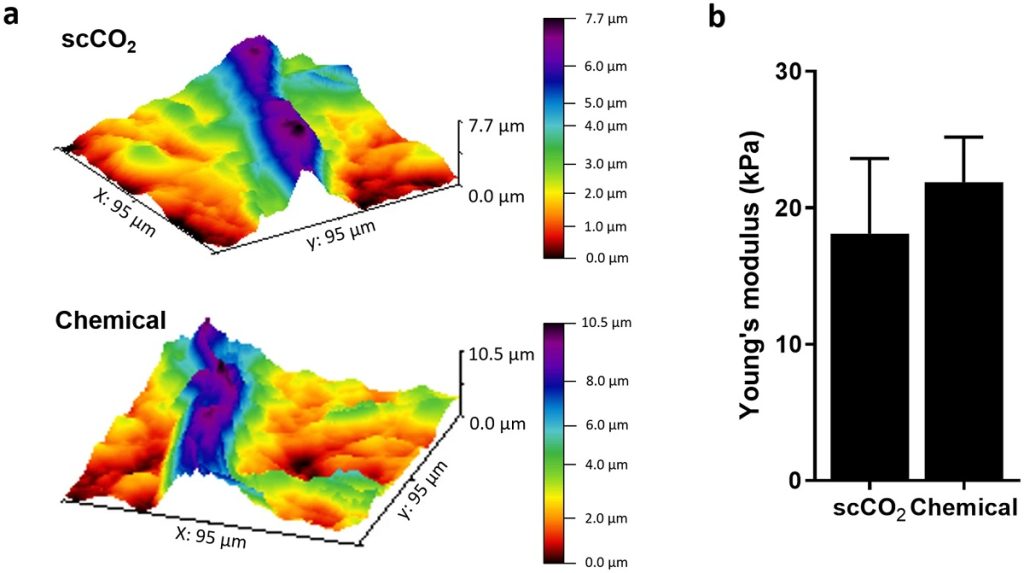Biocompatible scaffolds that can be repopulated with human cells have many uses such serving as replacement organs and tissues. Therefore there is an increasing interest in plant-based biomaterials for tissue engineering.*
As the above mentioned scaffolds should mimic the in vivo tissue environment closely they need to provide a fitting structural and biomechanical support to the cells while at the same time promoting cell behaviour and tissue development. *
Currently the standard method to prepare plant tissue to serve as a biocompatible scaffold is to decellularize it with serial chemical treatment.*
